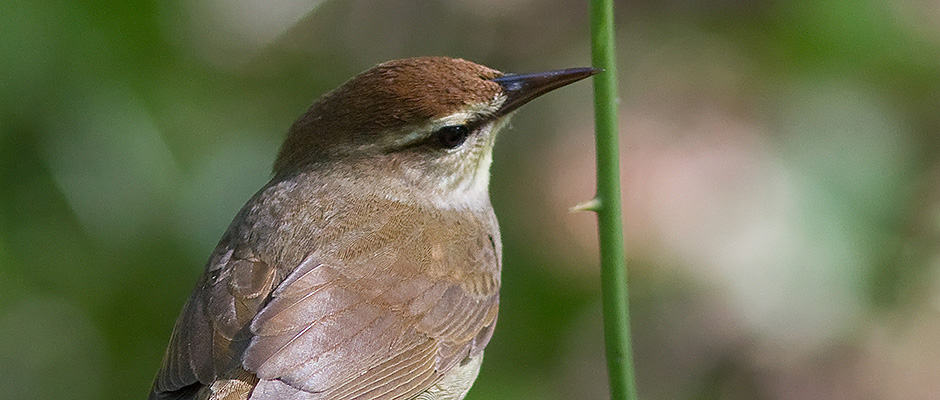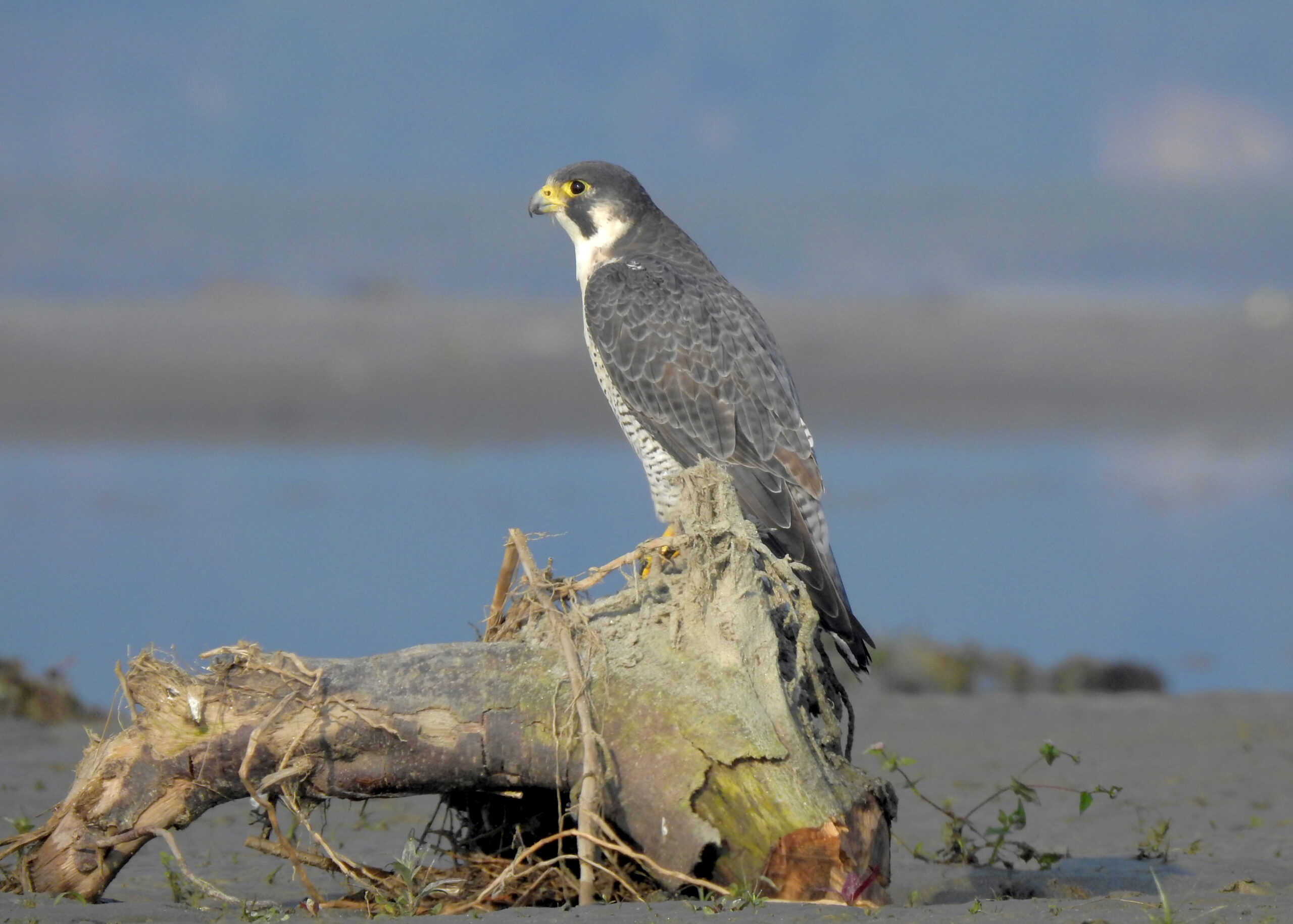Share this article
Rare Songbird Makes ‘Biological Desert’ Its Home
One of the rarest migratory songbirds in the United States is quickly colonizing southern pine farms, according to a recent study published in Bird Conservation International. Over the course of two decades, Smithsonian Institution ornithologist Gary Graves documented Swainson’s Warbler’s (Limnothlypis swainsoni) breeding territories and found 297 separate areas in pine plantations across the south.
Researchers first documented Swainson’s Warblers making use of these pine farms in Texas in 1992. The new study shows this behavior is not localized to one state. Today, the birds are taking advantage of this new habitat in ten states across the south. “The scale is the big issue here,” said avian ecologist Thomas Benson of the University of Illinois. “Grave’s work shows that it’s a broader phenomenon—the warblers are using these areas throughout their breeding range.”
The wide-scale colonization of pine plantations is surprising scientists in part because Swainson’s Warblers have a reputation for being finicky about their habit, explained Benson. They nest in dense, shaded understories and forage for insects on a ground blanketed by dead leaves. But as their natural habitats are becoming harder to find in the south, the warblers are moving into unexpected places—namely pine plantations.
Swainson’s Warblers have a long history of surprising scientists with their habitat choices. The species was first described in the 1830s by noted ornithologist John Audubon. For about a century after, scientists believed they were habitat specialists, building their nests only in swampy areas concealed by tangled thickets and dense canebrakes. European settlers, however, converted canebrakes into agricultural lands and Swainson’s Warblers moved into bottomland forests in floodplains and along lakes. In the 1940s, some warblers surprised scientists by nesting in the Appalachian Mountains amongst rhododendron and mountain laurel thickets. Now, faced with habitat loss, the warblers are moving again.
Pine plantations seem like an unlikely choice. While commercial plantations produce wood and paper products that are used every day such as lumber, toilet paper, and woodchips, ecologists have not considered them rich habitats. In the late 1980s, conservationist John Terborgh described southern pine plantations as “biological deserts.” However, some of these farms seem to fit the bill as far as warbler habitats go. For about seven or eight years of its 25-35 year cycle, a pine stand meets the Swainson’s Warblers’ picky habitat requirements. At any given time, about one quarter of the stands could provide habitat for the warblers.
The pine plantations may someday become primary breeding grounds for these birds in the future. Currently, such plantations cover about 40 millions acres in the U.S. That number is projected to increase to 66 million acres, providing even more potential habitat for the warblers. “If current distributional trends continue, [pine plantations] will soon support a majority of the global breeding population of Swainson’s Warblers,” wrote Graves in the study. But that is a big “if.”
Swainson’s Warblers will likely stay only if the plantations remain suitable habitat. Should pine farmers change their practices—spacing the trees farther apart, thinning the plantation understories, or using chemical pesticides—large areas that were once warbler habitat could disappear, the study warns.
Header Image: Image Credit: USFWS








